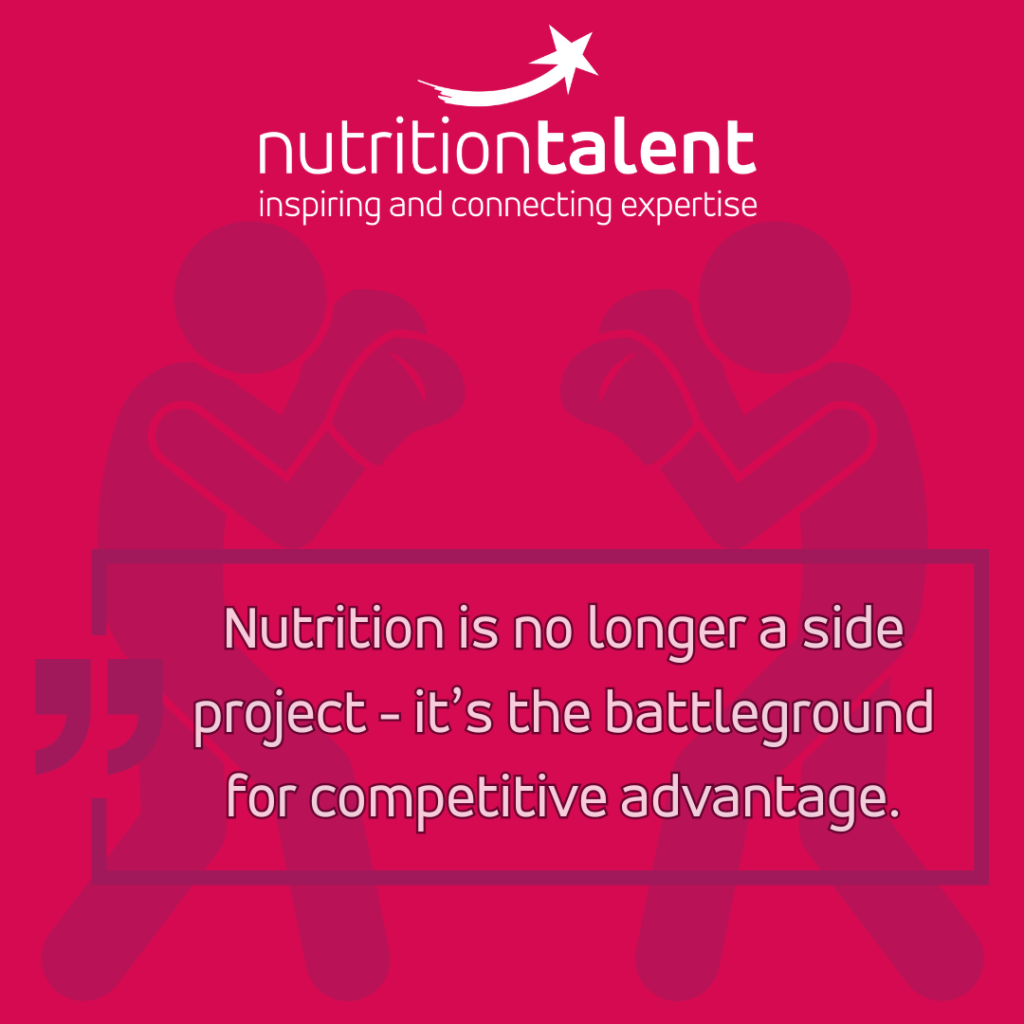
The food industry is undergoing a profound transformation – driven by rising public health pressures, landmark policy initiatives like HFSS, the digitalisation of food environments, and now, the disruptive impact of GLP-1 medications (e.g. Ozempic, Wegovy). For Innovation Directors and other food industry leaders, this joining of forces is not just a challenge – it’s a call to lead.
Key themes and strategic priorities:
- The health agenda is now a commercial imperative
Consumer expectations, investor scrutiny, and government regulation are aligning to push health to the forefront. From HFSS compliance to retailer-led health strategies and of course the rise of people using GLP-1 medications, proactive innovation in nutrition is becoming essential for brand resilience and long-term growth.
- GLP-1 is redefining consumer behaviour
GLP-1 medications are reshaping food consumption patterns. Appetite suppression, reduced desire to eat, and a shift toward functional, nutrient-dense foods are changing category performance. Products such as crisps and savoury snacks, sweet bakery products and biscuits are being chosen less in grocery shopping and on the flip side certain products such as fresh produce, yogurt and meat snacks are being selected more (Hristakeva et al 2025). Innovation must respond with smaller portion sizes, satiety-led formulations, and compelling claims.
- Rethink “healthy” – for GLP-1 it’s about nutrient density per bite
Consumers, especially those on GLP-1s, are seeking high-impact nutrition in smaller volumes. This opens new innovation opportunities in high-protein, fibre-rich, micronutrient-packed formats across ready-to-eat and convenience segments.
- The rise of digital food environments and satiety science
From AI-powered nutrition apps to personalised health platforms, digital disruption is accelerating. Strategic partnerships with digital health providers and retailers who understand satiety signals are becoming new routes to market. Product innovation must now consider potentially reduced appetites and provide compelling data-driven labelling and relevant claims.
- Integrated innovation requires cross-functional collaboration
To navigate this complexity, food businesses must align R&D, marketing, and nutrition expertise. Embedding nutrition professionals at the core of innovation strategy ensures regulatory compliance, consumer relevance, and faster speed to market.
Nutrition is no longer a side project – it’s the battleground for competitive advantage. Food businesses that integrate public health priorities, anticipate GLP-1-driven shifts, and build a health-forward portfolio will be best positioned to lead.
At Nutrition Talent, we specialise in helping forward-thinking companies build the nutrition strategy, capability and partnerships needed to future-proof their innovation strategy. Contact us to discuss how we can support your organisation.